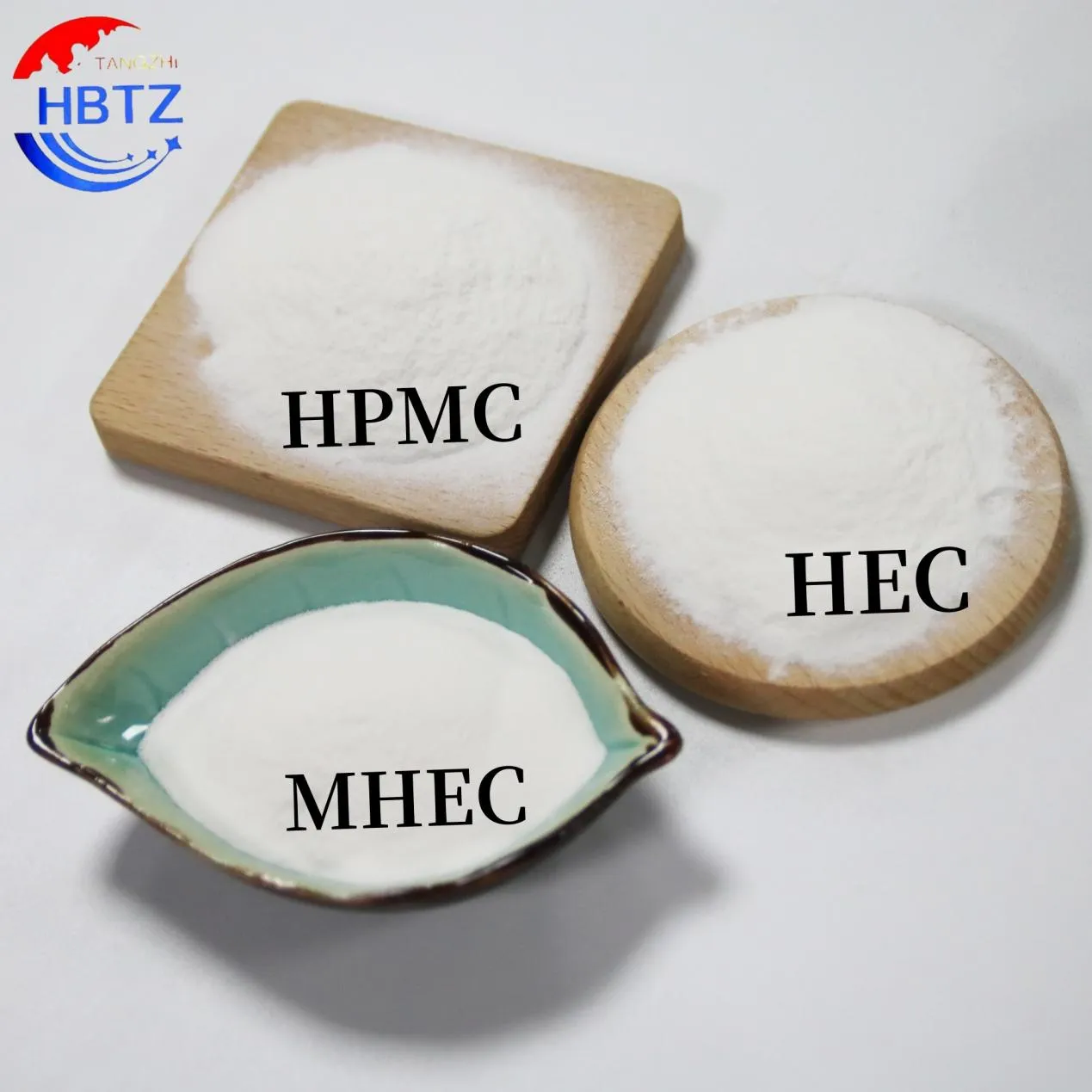
Understanding HPMC: Grades, Uses, and Formulations
Hydroxypropyl methyl cellulose, commonly abbreviated as HPMC, is a versatile cellulose derivative widely used in the pharmaceutical, construction, and food industries. Its unique properties—water solubility, film-forming ability, and stability across pH ranges—make it a preferred material for binders, coatings, gels, and other applications. In this article, we will explore HPMC grades viscosity, its various types such as HPMC E5, HPMC E6, HPMC E50, and specialized forms like HPMC acetate succinate, as well as its applications, formulation strategies, and practical usage tips.

Types and Grades of HPMC
HPMC full form is Hydroxypropyl Methyl Cellulose. Its versatility stems from differences in viscosity, substitution levels, and molecular weight. These differences give rise to several grades optimized for specific applications:
Pharmaceutical Grades
HPMC 2910 or HPMC 2910/hypromellose is widely used in controlled-release tablets, acting as a matrix former and binder.
HPMC binder is essential for tablet formulation, ensuring uniform distribution of active ingredients and structural integrity.
HPMC enteric coating and HPMC film coating provide controlled release and protective layers for oral dosage forms.
Construction Grades
Costruzione HPMC is used in cement, mortar, and plaster formulations to improve water retention, workability, and adhesion.
The HPMC gel prepared for construction purposes helps maintain moisture, prevent cracking, and enhance surface smoothness.

Food and Other Industrial Applications
HPMC food grade is used as a thickener, stabilizer, and film former in processed foods.
HPMC formulation in food ensures texture, viscosity, and shelf-life improvement.
Specialized Grades
HPMC E5, HPMC E6, and HPMC E50 denote viscosity grades that affect solubility and gel formation.
HPMC acetate succinate is a pH-dependent polymer used in enteric coatings for pharmaceuticals.
Understanding the differences between HEC vs HPMC and HPC vs HPMC is crucial for selecting the correct polymer. Hydroxyethyl cellulose (HEC) is mainly used as a thickener, while HPMC provides better film formation and controlled-release properties. Hydroxypropyl cellulose (HPC) is more soluble in organic solvents, whereas HPMC offers broader applications in water-based systems.
Applications and Practical Usage of HPMC
HPMC is highly versatile due to its water solubility, chemical stability, and film-forming capabilities. Its applications span multiple sectors:
Pharmaceutical Applications
HPMC 2910 and HPMC 603 are widely used as matrix formers for controlled-release tablets.
HPMC binder ensures uniform distribution of drugs and maintains tablet integrity.
HPMC film coating and HPMC enteric coating protect sensitive ingredients, control release, and mask taste.
HPMC gel is used in ophthalmic, topical, and oral dosage forms for viscosity control and sustained release.
HPMC formulation strategies involve optimizing polymer concentration, viscosity grade, and preparation methods to achieve desired release profiles.
Construction Applications
Costruzione HPMC improves the water retention and workability of cement, mortar, and plaster.
HPMC gel preparation for construction involves dispersing the polymer in water to form a uniform, viscous solution that enhances adhesion and prevents cracking.
Viscosity grades such as HPMC E5 and HPMC E6 are selected based on the rheological requirements of the construction material.
Food and Industrial Applications
HPMC food grade acts as a thickener, stabilizer, and film former in processed foods, confectionery, and coatings.
HPMC formulation in food improves texture, mouthfeel, and shelf-life.
The polymer can be used to create edible films and coatings, contributing to sustainable cellulose-based packaging alternatives.
Practical Tips
How to dissolve HPMC in water: Slowly sprinkle HPMC powder into cold water while stirring to prevent lump formation. Heating can accelerate dissolution for high-viscosity grades.
HPMC gel preparation involves controlled dispersion and sometimes mild heating to achieve a uniform, stable gel.
Choosing the correct HPMC grades viscosity is crucial for optimizing performance in pharmaceuticals, construction, or food systems.
Conclusione
HPMC is a versatile cellulose derivative with applications spanning pharmaceuticals, construction, food, and industrial sectors. From HPMC E5, HPMC E6, and HPMC E50 to specialized forms like HPMC acetate succinate and HPMC 2910/hypromellose, each grade is tailored for specific functionality, including binding, film coating, viscosity control, and controlled release.
Understanding the differences between HEC vs HPMC and HPC vs HPMC, proper HPMC gel preparation, and methods for how to dissolve HPMC in water ensures optimal results. With the right formulation strategies, HPMC formulation enables the creation of high-performance tablets, durable construction materials, and food-grade films, cementing HPMC’s role as an indispensable polymer in modern industry.
FAQs on HPMC
What is HPMC and what does HPMC full form mean?
Answer:HPMC full formis Hydroxypropyl Methyl Cellulose. It is a water-soluble cellulose derivative used as a binder, film former, thickener, and stabilizer across pharmaceutical, construction, and food industries.
How do I dissolve HPMC in water?
Answer:To prepare HPMC gelor solutions, slowly sprinkle the polymer into cold water while stirring continuously to avoid lumps. Mild heating may be applied for high-viscosity grades like HPMC E50 or HPMC 2910 to achieve complete dissolution.
What is the difference between HEC vs HPMC and HPC vs HPMC?
Answer:HEC vs HPMC: HEC is mainly a thickener, while HPMC provides film-forming and controlled-release properties. HPC vs HPMC: HPC is more soluble in organic solvents, whereas HPMC is widely used in water-based systems for pharmaceuticals, construction, and food.
What are the main applications of HPMC in pharmaceuticals and construction?
Answer:In pharmaceuticals, HPMC 2910/hypromellose, HPMC 603, and HPMC binderare used for tablet formation, film coating, and controlled-release matrices. In construction, costruzione HPMC improves water retention, workability, and adhesion in cement, mortar, and plaster applications.
What are the differences between HPMC grades like E5, E6, and E50?
Answer:HPMC grades viscositydetermine solubility, gel strength, and performance. HPMC E5 is low-viscosity, suitable for thin films and aqueous systems; HPMC E6 is medium-viscosity, used for moderate thickening; and HPMC E50 is high-viscosity, suitable for high-viscosity gels and controlled-release formulations.
-
Hydroxypropyl Starch as a Sustainable Construction AdditiveNewsNov.24,2025
-
The Gelation Properties of CMCNewsNov.21,2025
-
Redispersible Latex Powder and Water Retention CapacityNewsNov.21,2025
-
Dosage Control for Polycarboxylate Water ReducerNewsNov.21,2025
-
Film-Forming Properties of Polyvinyl AlcoholNewsNov.21,2025
-
The Function of Gypsum Additives in MortarNewsNov.21,2025





















